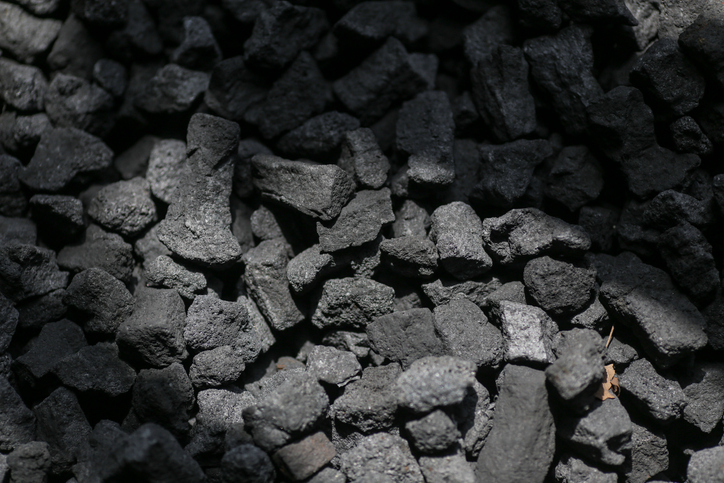The GST 2.0 reforms have brought major changes to the coal sector’s taxation structure, benefiting both producers and consumers of the fossil fuel, the Ministry of Coal said in a statement on Monday.
Under the new framework, the ₹400-per-tonne Compensation Cess previously levied on coal has been completely removed, while the GST rate on coal has been increased from 5% to 18%. Despite the higher GST rate, the overall tax incidence for end consumers will be lower, thanks to the elimination of the cess and correction of the inverted duty structure. This change will help release liquidity, remove distortions, and prevent significant accounting losses for coal producers, the ministry said.
The reforms are expected to substantially reduce coal prices and ease costs for the power sector. Coal grades G6 to G17 will see price reductions ranging from ₹13.40 per tonne to ₹329.61 per tonne, while the power sector will benefit from an average reduction of ₹260 per tonne, translating into a 17–18 paise per kWh cut in the cost of power generation.
The rationalisation of tax burden across coal grades ensures equitable treatment by replacing the earlier flat-rate Compensation Cess, which disproportionately impacted low-grade coal. For example, G11 non-coking coal, the most widely produced grade by Coal India Limited, earlier faced a tax incidence of 65.85%, compared to 35.64% for G2 coal. With the cess removed, tax incidence across all coal categories has been aligned to a uniform 39.81%, creating a fairer system.
The ministry said the reforms will boost Aatmanirbhar Bharat and import substitution by removing the cost disadvantage previously faced by Indian coal producers. Earlier, the flat cess had made high-grade imported coal cheaper than domestically produced low-grade coal, discouraging domestic coal use.
The new GST rate of 18% also addresses the inverted duty structure, which had been a long-standing challenge for the sector. Previously, coal attracted 5% GST while most input services used by coal companies were taxed at 18%, leading to a large accumulation of unutilised input tax credit that could not be refunded. This blocked significant working capital for coal producers.
“With the revised GST rate, companies will now be able to utilise accumulated credits to offset future tax liabilities, improving liquidity and enhancing the financial stability of the sector,” the statement said.
(With inputs from IANS)
















